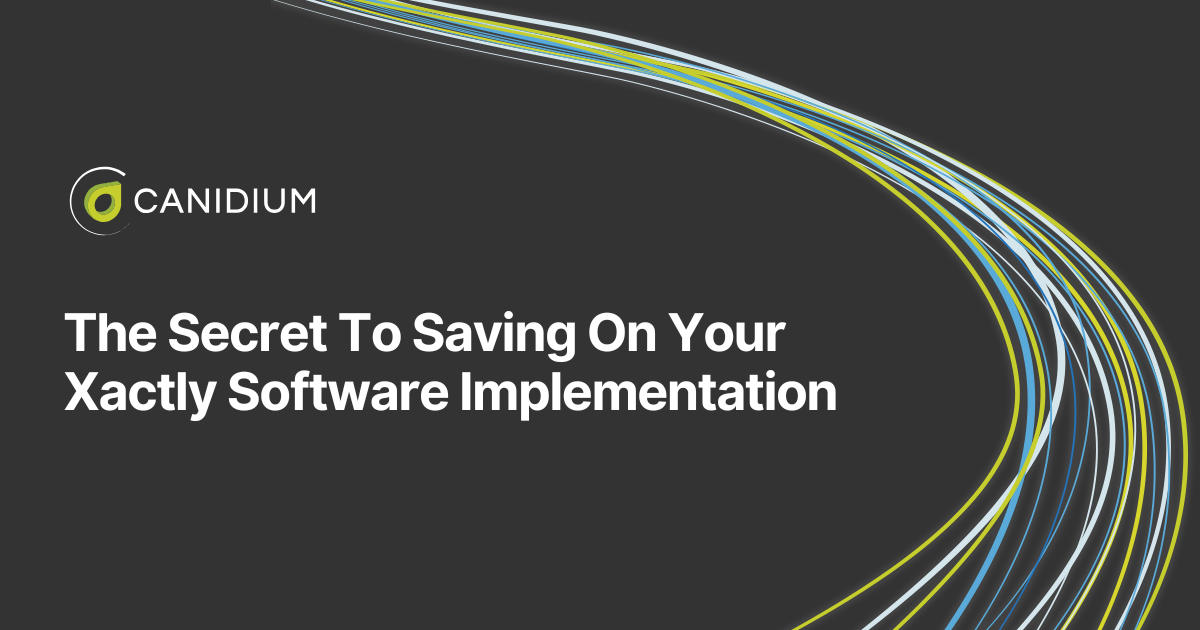Finding out how much SAP SuccessFactors Incentive Management implementation will cost your organization is as simple as reviewing one of these two articles:
The cost of investing in growth: SAP SuccessFactors Incentive Management for SMBs
SAP SuccessFactors Incentive Management Pricing For Enterprise
But you have probably thoroughly researched SAP SuccessFactors Incentive Management for your organization. In that case, you might wonder about the post-implementation and maintenance costs. This portion of the cost is essential to figuring out and presenting the total cost of ownership (TCO).
In this article, we will discuss the factors that impact cost of ownership.
11 Factors Impacting Maintenance Costs
The cost of maintaining SAP SuccessFactors Incentive Management can vary based on several factors. Some key factors that can impact the cost of maintaining SAP SuccessFactors Incentive Management include the size of the organization, the level of customization required, the number of users accessing the system, the complexity of the sales compensation plans, the need for ongoing support and updates, and any additional integrations with other systems. Each of these factors can contribute to the overall cost of maintaining SAP SuccessFactors Incentive Management.
- Software License and Subscription Costs: SAP SuccessFactors Incentive Management costs include licensing and ongoing subscription fees. The subscription model is based on the number of users, the complexity of your compensation plans, and the required features.
- Implementation and Customization: The more complex and customized a sales compensation plan is, the higher the cost of implementing it will be. It's essential to carefully consider the level of complexity and configuration needed to balance the potential benefits with the associated costs.
- Data Integration: The cost of integrating SAP SuccessFactors Incentive Management with other systems can vary depending on the number of systems involved and the complexity of the integration. It's essential to consider these factors when planning your integration project carefully.
- User Training: Effective use of SAP SuccessFactors Incentive Management by staff is crucial for successful compensation processing. However, it is essential to remember that the cost of training will depend on the number of users and the complexity of the compensation process.
- Ongoing Support and Maintenance: SAP SuccessFactors Incentive Management needs regular maintenance for optimal performance, including software updates, bug fixes, and user assistance. Costs vary based on support level. Learn more about managed services here.
- Scalability: If your organization expands or requires more extensive compensation plans, additional costs may be incurred to handle the increased workload.
- Hardware and Infrastructure: You will need appropriate hardware and infrastructure to host SAP SuccessFactors Incentive Management, and the cost may vary depending on whether you opt for on-premises or cloud-based hosting.
- Consulting and Professional Services: You may need to hire consultants or professional services to assist with implementing, customizing, or optimizing your compensation plans. Many organizations prefer to maintain a strategic partner.
- Regulatory Compliance: If your industry or region has specific compensation regulations, you may need to invest in compliance-related features and processes, which can impact costs.
- Third-Party Add-ons and Integrations: To extend the functionality of SAP SuccessFactors Incentive Management, you may require additional third-party applications or integrations. These can have their own licensing and implementation costs.
- Geographic Location: The cost of implementing and maintaining SAP SuccessFactors Incentive Management can also vary based on your organization's geographic location, as labor and service costs differ from one region to another.
Understanding what role maintenance costs play
Before integrating SAP SuccessFactors Incentive Management, it is crucial to undertake a detailed cost analysis to gain insight into the overall cost of ownership (TCO) over an extended period. This analysis should consider various factors such as the projected return on investment (ROI) and the advantages the system will bring to your organization. A comprehensive approach to evaluating the costs associated with SAP SuccessFactors Incentive Management will provide a clearer understanding of the long-term financial implications and benefits.
To gain a deeper understanding of the potential return on investment (ROI) and the benefits of integrating SAP SuccessFactors Incentive Management within your organization, download the SPM ROI Guide. This comprehensive guide will provide valuable insights into the cost analysis, projected ROI, and the advantages that the system can bring to your organization. It will help you gain a clearer understanding of the long-term financial implications and benefits of SAP SuccessFactors Incentive Management.








